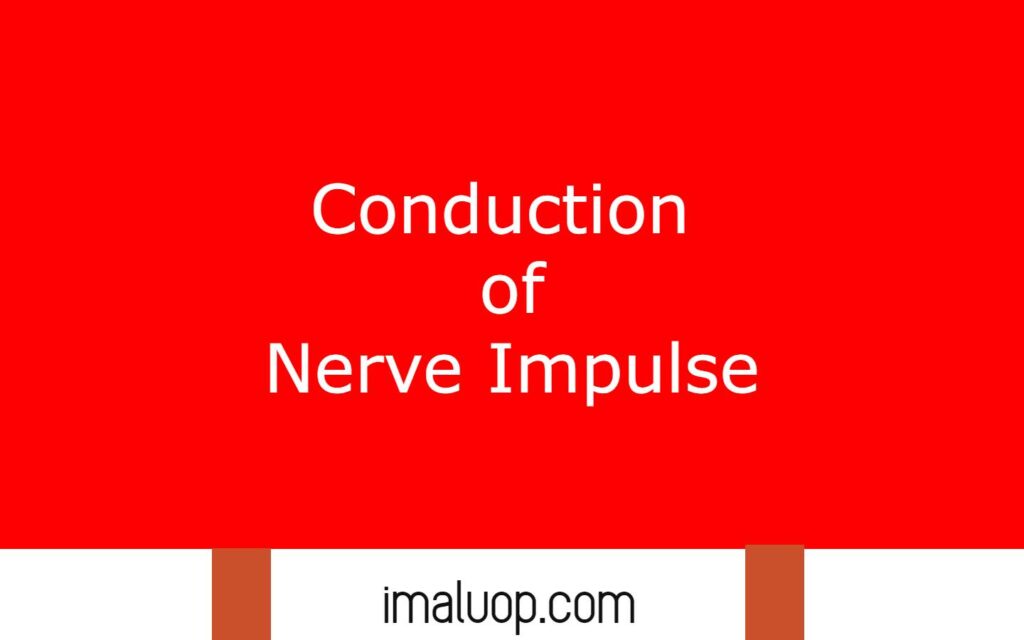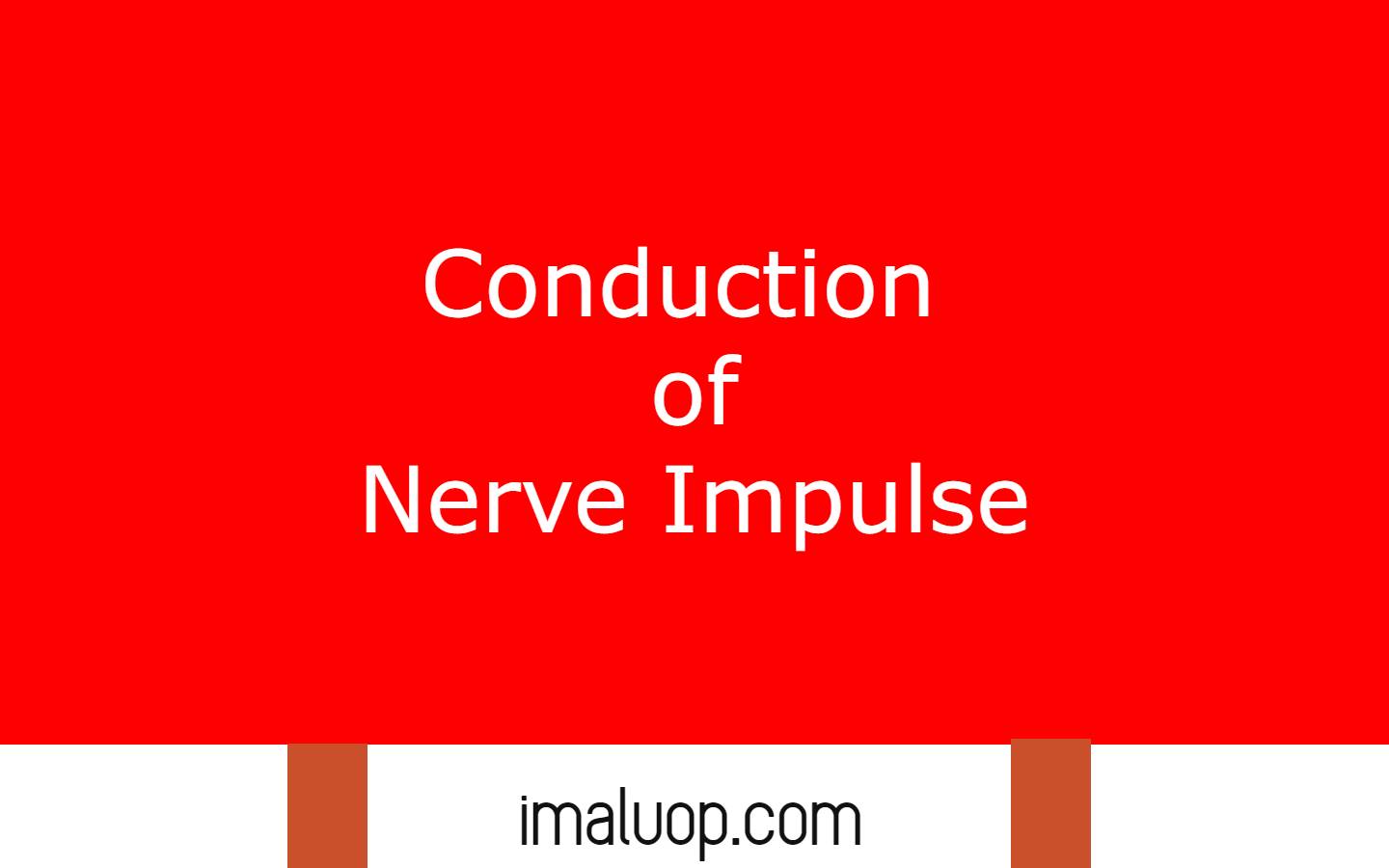We know that in higher animals coordination occurs through the endocrine system and nervous system and in nervous systems nerve impulses need to transfer from a region to the central nervous system and the central nervous system to a specific region. To reach from one region to another region neural information needs some channel through which nerve impulses transmit and we will now focus on conduction of nerve impulse.
Table of Contents
What is Nerve Impulse:
Our neural systems do not automatically stimulate, it needs some disturbance which creates a flow of nervous information and this stimulation may be different types of chemical, electrical or mechanical disturbance.
Our body have different types of sensory receptors like mechanical receptors, temperature receptors, touch receptors, pressure receptors who becomes excited when any types of stimulation they get, for example if a pointed structure hit our skin then the sensory receptors become excited and generate a flow of sensory information which is known as nerve impulse and the nerve impulse transmit through the neurons.
Conduction of Nerve Impulse Along The Nerve:
When any disturbance occurs in our sensory receptors then the stimulation cause electrochemical changes in the plasma membrane of nerve cells and the electrochemical changes is responsible for transmission to nerve impulses along the nerve and three types of successive electrochemical changes occur in plasma membrane of neurons – polarization, depolarization and repolarization.
Resting Potential and Polarization:
At resting stage when the neurons are not excited then across the plasma membrane of neuron (axoplasm) a potential difference is observed across the axoplasm and potential at resting stage is about -70 mV and this potential is known as resting potential.
In normal stage the concentration of sodium ion across the plasma membrane is more on the outer side as compared to the inner side and the concentration of sodium ion is 16 times higher than inside the plasma membrane of neurons so there is a higher tendency to diffuse sodium ion from outer side to inside.
But the concentration of potassium ion across the plasma membrane of neuron is more inside than the concentration on outer side and the concentration of potassium ion inner side is 25 times than the outer concentration which push the potassium ion to diffuse across the plasma membrane of neuron from inside to outer side.
But permeability for sodium ion and potassium ion is not equal, permeability for potassium ion is much higher than sodium ion so much number of potassium ion goes outside as compared to the sodium ion enter outside which cause high number of positive ion on outside as compared to inside and create a negative potential across the plasma membrane.
Depolarization and Action Potential:
When a sudden stimulation occurs on the plasma membrane of neuron the sodium ion channels open and the permeability of sodium ion increase suddenly and it cause rushing of large number of sodium ion from outside to inside the plasma membrane so now the concentration of positive ion outside the plasma membrane of neuron become much higher than inside and it cause a positive potential difference across the plasma membrane of neuron.
This reverse in potential across the plasma membrane of neuron is known as action potential and this situation which is reverse of testing potential is known as action potential and the action potential cause activation of other sodium ion channels surroundings the point where stimulation first occurs and it cause a wave of change in potential along the plasma membrane of neuron and cause transmission of nerve impulse.

Repolarization:
When the nerve impulses go forward along the plasma membrane of neuron then the location where the action potential established first, due to high concentration of sodium ion the sodium potassium pump activate which send the excess sodium ion from inside to outside and send the potassium ion from outside to inside until the plasma membrane reach its original resting potential and this restoration of original potential across the plasma membrane is known as repolarization.
Read More: Nervous System General Overview
Hi Everyone!!! Welcome to Imaluop. Imaluop always try to learn some new and he want to share to other people. Here we will try to learn various topics on Science, specially on Biological Sciences.
